Building the hominid models – Photo essay of the week
In this week’s photo essay we look at how artists built the models of hominids whose fossil remains were found in the Sterkfontein Caves and other sites in the Cradle of Humankind and around the world.
Maropeng is home to a number of hominid models. Because fossil evidence lacks all soft tissue, skin, eyes and hair, it’s hard to imagine what these hominid species may have looked like. But reconstructing them as models gives the visitor to Maropeng a glimpse into a life that existed many millions of years ago.
Original fossils like Mrs Ples are irreplaceable, so they are housed in secured vaults in various academic institutions. The original fossils are only periodically displayed as part of temporary exhibitions at Maropeng. However, casts of these important fossils are permanently displayed at Maropeng.
All the lifelike hominid illustrations in the exhibition – from the 7-million-year-old Toumai fossil from Chad through to modern humans – have been produced by world-acclaimed and award-winning palaeoartist John Gurche. His exhibits can also be seen at the Smithsonian Institution, the Field Museum and the American Museum of Natural History in New York, and he worked on the hit film Jurassic Park.
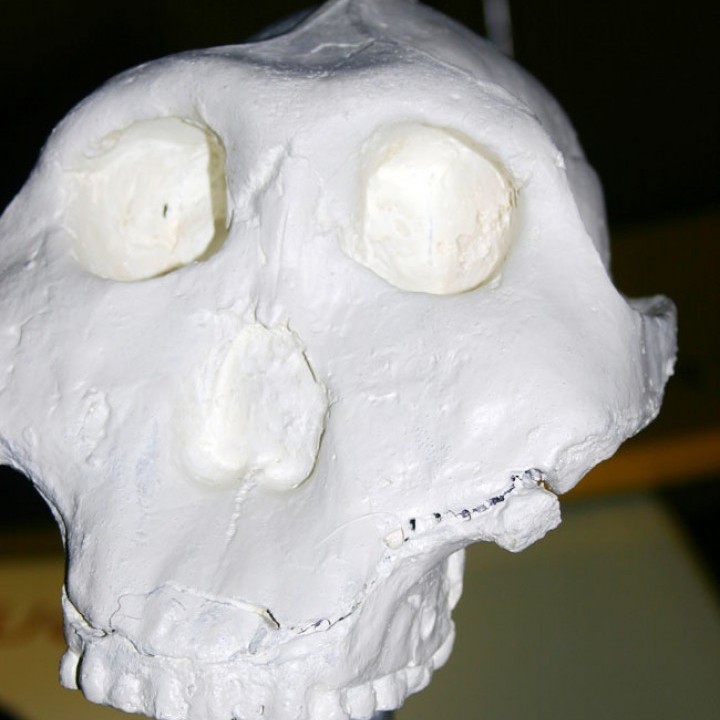
A cast of Paranthropus robustus. The first Paranthropus robustus was discovered by Dr Robert Broom in 1938 at Kromdraai in the Cradle of Humankind.
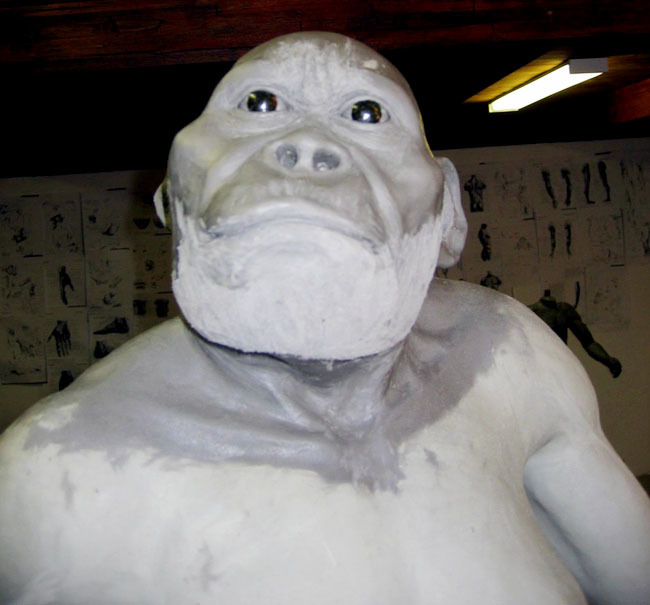
A reconstruction of the species Australopithecus africanus.
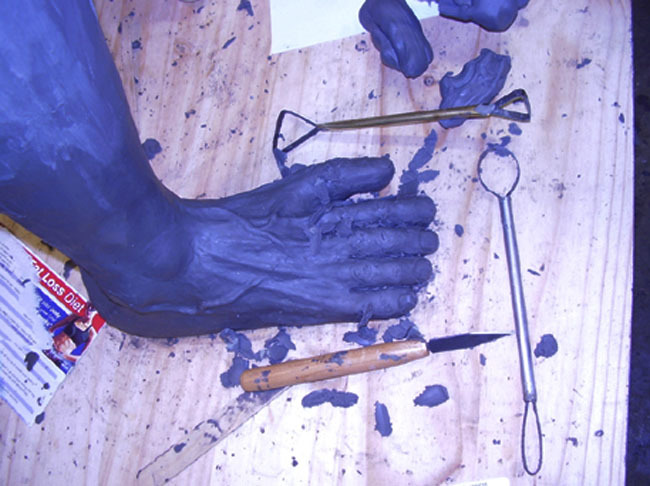
The australopithecines were apelike, but were different from the other great apes of the past because they were habitually bipedal, meaning they regularly walked upright. (Other great apes walk upright only in short stints.)
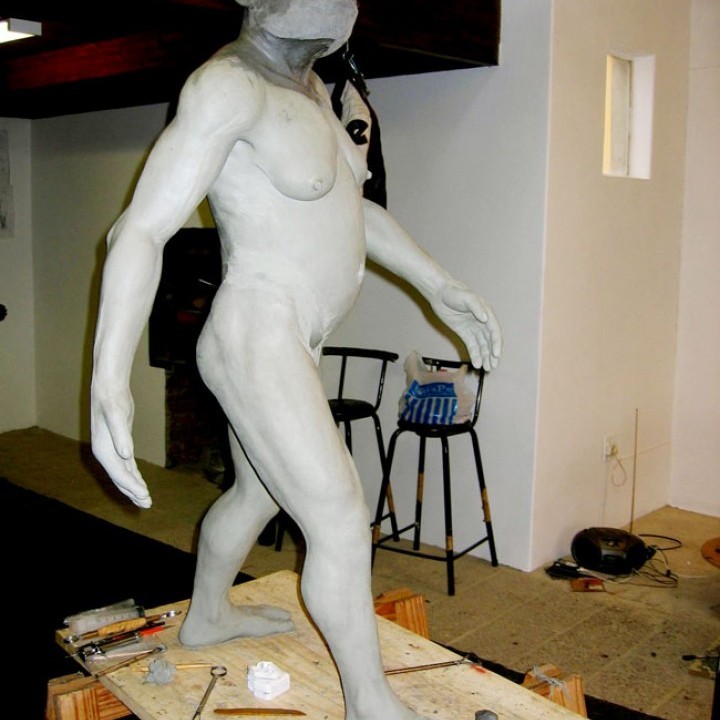
A model of an Australopithecus being made
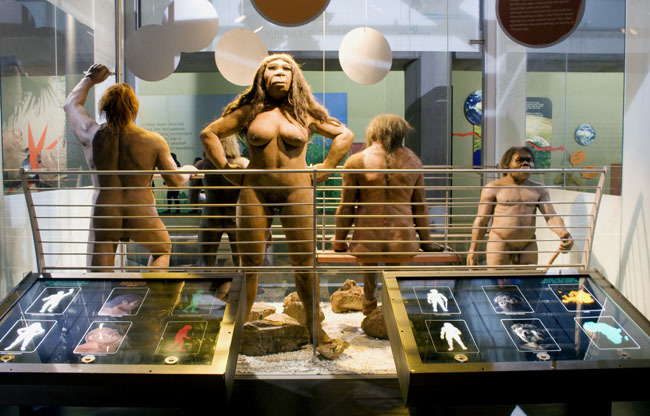
Anatomical indications which support the concept of evolution can be seen in hominid fossils from the Sterkfontein Caves and other sites in the Cradle of Humankind.
If you would like to see more pictures of Maropeng, visit our Flickr group or our Facebook fan page.